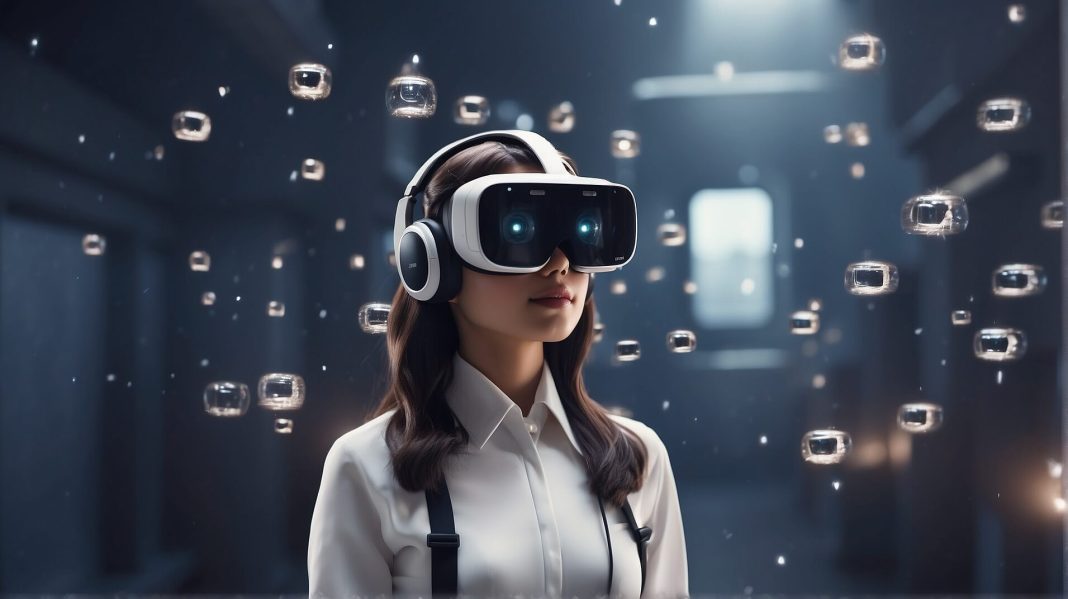Several key AI technologies powered by deep learning play pivotal roles in enhancing VR experiences. These technologies not only make the VR environments more immersive and interactive but also personalize the experience for each user.
Here’s a look at how these AI technologies are transforming VR:
Machine Learning & Predictive Analytics
ML reads the user’s behavior and offers a personalized experience by modifying scenarios, adjusting difficulty levels, or even altering storylines to suit the user’s actions and preferences. Moreover, using preemptive rendering, you can render specific VR areas in advance, predicting the subsequent user movements. This allows smoother transitions and low latency.
Natural Language Processing (NLP)
NLP enables voice-controlled interfaces within VR environments, allowing users to communicate with the virtual world via voice commands. This interaction makes the VR experience more intuitive and seamless, as users can navigate and control the environment in a natural, human-like manner.
Computer Vision
Computer vision is fundamental for motion tracking and gesture recognition. It ensures that VR accurately mirrors the user’s real-world movements. It is crucial for a seamless VR experience, as it allows for precise and fluid interaction with the virtual environment, enhancing the feeling of presence and immersion.
Neural Networks
At the heart of dynamic and responsive VR environments are neural networks. They simulate complex ecosystems that adapt in real time to user actions, introducing depth and unpredictability. This adaptability makes the VR experience rich and engaging, as the environment responds in complex ways to the user’s presence and decisions.
Deep Learning Models in VR
Deep Learning Models play a transformative role in Virtual Reality (VR), elevating the immersion and interactivity of virtual environments. These models harness the power of AI to create more realistic and responsive experiences.
CNNs (Convolutional Neural Networks): Enhance visual data interpretation, object recognition, and environment understanding much better in VR with CNN.
RNNs and LSTMs: This model helps to change and customize VR stories based on user actions, embracing adaptive storytelling and behavior prediction.
GANs (Generative Adversarial Networks): You can generate life-like images and videos with GAN. It helps to create realistic textures and unique avatars.
Autoencoders: Autoencoders streamlines VR content compression and decompression for rapid environment loading and offer clearer visuals.
Reinforcement Learning Models: Using this AI model, developers create intelligent NPCs that learn from user interactions, making the virtual environment more engaging and responsive to user behavior.
Share
